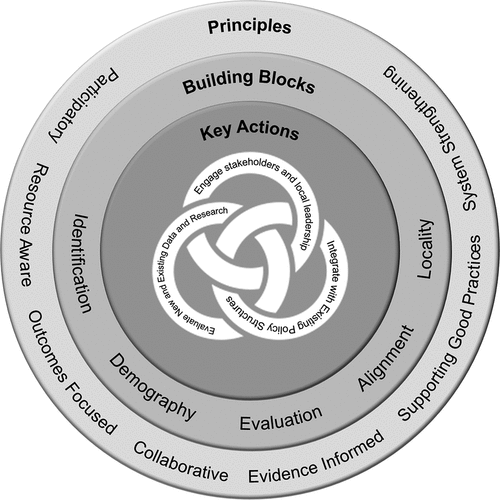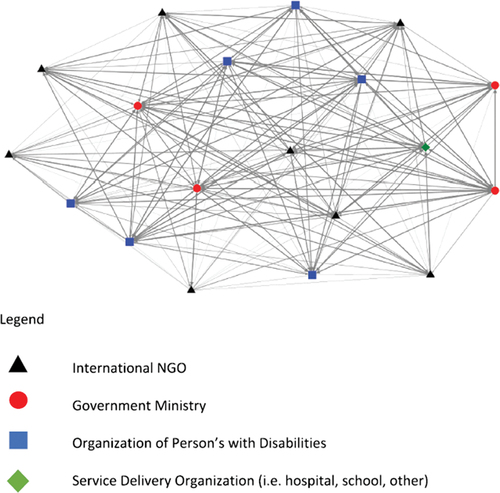Figures & data
Figure 1. The 10 Ps of systems thinking for assistive technology (adapted from MacLachlan & Scherer, Citation2018, with permission).

Figure 2. The IDEAL PROCESS for Assistive Technology policy.

Figure 3. Network of Assistive technology organizations in Malawi (Smith et al., Citation2022a).

Box 1. Some guiding questions for the development of AT Policies and APLs
